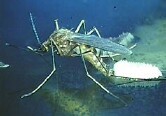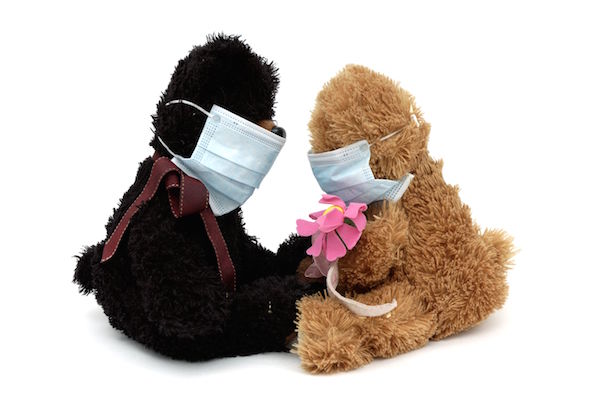
WEDNESDAY, Nov. 28 (HealthDay News) — The West Nile virus outbreak has now reached 5,245 cases, including 236 deaths, U.S. health officials reported Wednesday.
As of Tuesday, 48 states plus the District of Columbia had reported West Nile infections in people, birds or mosquitoes. Of the cases involving people, 51 percent were classified as neuroinvasive disease (such as meningitis or encephalitis) and 49 percent were classified as non-neuroinvasive disease.
The bulk of reported cases are from 11 states — California, Illinois, Louisiana, Michigan, Mississippi, Nebraska, New York, Ohio, Oklahoma, South Dakota and Texas. The highest number of reported cases in any one state is in Texas (1,714 cases, 76 deaths), according to the U.S. Centers for Disease Control and Prevention.
The best way to avoid the mosquito-borne virus is to wear insect repellent and support local programs to eradicate mosquitoes. There is no treatment for West Nile virus and no vaccine to prevent it, according to the CDC.
Typically, 80 percent of people infected with the virus develop no or few symptoms, while 20 percent develop mild symptoms such as headache, joint pain, fever, skin rash and swollen lymph glands, according to the CDC.
Although most people with mild cases of West Nile virus will recover on their own, the CDC recommends that anyone who develops symptoms see their doctor right away.
People older than 50 and those with certain medical conditions, such as cancer, diabetes, hypertension, kidney disease and organ transplants, are at greater risk for serious illness.
The best way to protect yourself from West Nile virus is to avoid getting bitten by mosquitoes, which can pick up the disease from infected birds.
The CDC recommends the following steps to protect yourself:
- Use insect repellents when outside.
- Wear long sleeves and pants from dawn to dusk.
- Don’t leave standing water outside in open containers, such as flowerpots, buckets and kiddie pools.
- Install or repair windows and door screens.
- Use air conditioning when possible.
More information
For more on West Nile virus, visit the U.S. Centers for Disease Control and Prevention.

